R&M's Data center trends 2020 A closer look at data center developments
By MYBRANDBOOK
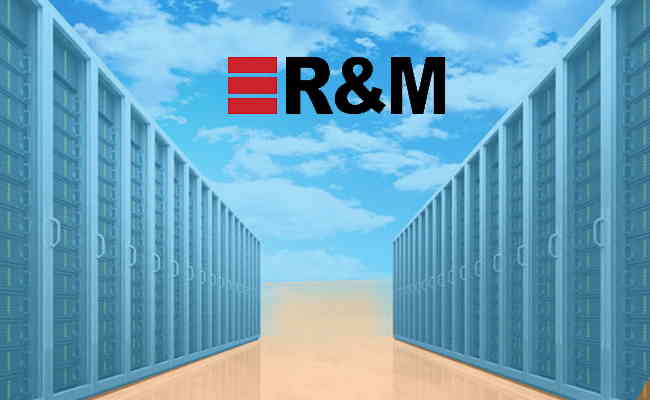
Reichle & De-Massari (R&M), the globally active Swiss developer and provider of cabling systems for high-quality network infrastructures, presents its market outlook for 2020.
In our recent 'Trends for 2020' article, we described several developments in Public, LAN and DC networks. Let's take a closer look at the challenges and trends, along with the solutions.
Today, data centers must be capable of reacting to change efficiently, in an agile manner. Data traffic continues to grow exponentially, boosted by, for example, IoT, 5G, intelligent transport systems, and an ever-increasing number of wireless connections. Artificial Intelligence and machine-to-machine communication will significantly add to this in 2020 and beyond. Recent forecasts confirm long-term dramatic growth in data traffic. Soon, more than 28 billion wired and wireless devices will be networked, relying on innumerable digitalized systems and functions, which should be failsafe. Owing to the inherent limitations of wireless solutions, fiber and high-density architectures are required to successfully cable and connect billions of sensors whilst enabling extremely high, uninterrupted, low-latency symmetrical bandwidth.
High density driven by edge and bandwidth
Within a few years, today's hyperscale data centers will no longer meet network latency requirements. Vast data transmission and processing needs are driving the proliferation of infrastructure that extends and supports centralized structures with computing power at the network edge. This improves the quality and user experience of high-bandwidth applications outside large urban areas - providinged there are no bottlenecks between the edge and the centralized DC. This changes the way networks are designed, built and monitored. As space is often very limited, Ultra-High Density is a 'must' for providing all required connections.
In the data center world, gradual migration to 100, 200 and 400 Gbit/s is underway. Consequences include higher density and more cabling in racks. Today's DCs may contain hundreds of thousands of ports and patch cords. The complexity and dynamism of the infrastructures are reaching a scale at which humans can no longer manage them without (remote controlled) hardware and software support. What's more, there are significantly more servers than can be managed on site by qualified staff.
Automated Infrastructure Management (AIM) solutions facilitate the management of increasingly large and complex infrastructures. Using a single, current, consistent database eliminates stranded capacity and facilitates end-to-end analysis, agile infrastructure management, predictive analysis, capacity utilization and efficiency of operation and administration, and can bring 30 - 50% reduction in downtime. System data can be used for budgeting and IT infrastructure inventory. Future steps in AIM include the use of AI to ensure infrastructures remain manageable. AI can independently manage connectivity from the data center to, for example, a smart city, making predictions based on monitoring and machine learning.
Some solutions for edge DCs and network management
R&M has ample experience in developing and producing AIM systems, as well as cabling solutions and DCIM software aimed at data centers and the edge. New additions, such as port monitoring cables, make interconnect architectures fully transparent. Fiber connections of switches, servers and storage devices can be monitored and networks managed digitally.
R&M's Netscale family offers the industry's highest 19'' cabinet fiber port density. The new fiber optic distribution platform Netscale 72 natively supports Base8 and Base12 parallel optical cabling and offers RFID-based automated port documentation and visual guidance of work orders. inteliPhy net infrastructure management software provides an easy-to-use DCIM solution for asset, capacity and change management. inteliPhy net can also help plan and control migrations, workflows, maintenance as well as patch jobs, and allows network managers to show they're utilizing resources and satisfying quality, compliance and service requirements.
New topologies and requirements
The number of fibers used for transport is on the increase. 40 and 100 Gbit/s require eight fibers in parallel pairs. Furthermore, the traditional hierarchical network topology with core, aggregation and access level can no longer cope with today's needs, resulting in congestion along traffic routes. To ensure customers' data and applications are available in real time at all times, latencies have to be considerably reduced, calling for singlemode or multimode fiber and new kinds of network architecture. A spine-leaf architecture can be adapted to continuously changing needs and reduces latency. A network mesh with crisscrossing cabling guarantees that switches at access level are no longer more than a hop away from each other. All devices are the same number of segments. Unlike the 'classic' three-tier architecture, this new topology has just two layers. The leaf layer is built up of access switches that connect to servers, edge routers, load balancers, firewalls, and other devices. The network backbone is provided by the spine layer, which consists of routing switches.
Meshed leaf-spine architectures, increasing fiber density, complex point-to-multipoint connections, and the fact that devices can be added or reallocated at any time make knowing the exact state of all connectivity elements at all times extremely challenging.
R&M's fiber platform Netscale 72 can be used to build large leaf-spine network architectures in cloud data centers. Distribution modules for both applications fit into the same system drawers. Data centers can customize trunk cabling within existing racks and enclosures simply by changing or adding cassettes. Netscale 72 facilitates rapid migration to new network generations, such as moving from a 10 Gigabit network to 25, 40 or 100 Gigabits.
New technologies demand more than ever before from fiber. For example, Pulse Amplitude Modulation 4 (PAM4) requires higher noise suppression levels and Wavelength Division Multiplexing (WDM) requires extremely precise signal transmission, suitable cable types, and energy for lasers and cooling. Passive parallel optics rely on the scalability and compression of infrastructure. When making decisions regarding cabling and network components, whether developing a new network or extending an existing one, it is more important than ever to ensure quality, compatibility and future-readiness of components.


Legal Battle Over IT Act Intensifies Amid Musk’s India Plans
The outcome of the legal dispute between X Corp and the Indian government c...

Wipro inks 10-year deal with Phoenix Group's ReAssure UK worth
The agreement, executed through Wipro and its 100% subsidiary,...

Centre announces that DPDP Rules nearing Finalisation by April
The government seeks to refine the rules for robust data protection, ensuri...

Home Ministry cracks down on PoS agents in digital arrest scam
Digital arrest scams are a growing cybercrime where victims are coerced or ...


Icons Of India : GAUTAM ADANI CHAIRMAN ADANI GROUP
Gautam Adani is the Founder and Chairman of the Adani Group, which ran...

Icons Of India : Anil Agarwal
Anil Agarwal, the Founder and Chairman of Vedanta Resources Ltd., is r...
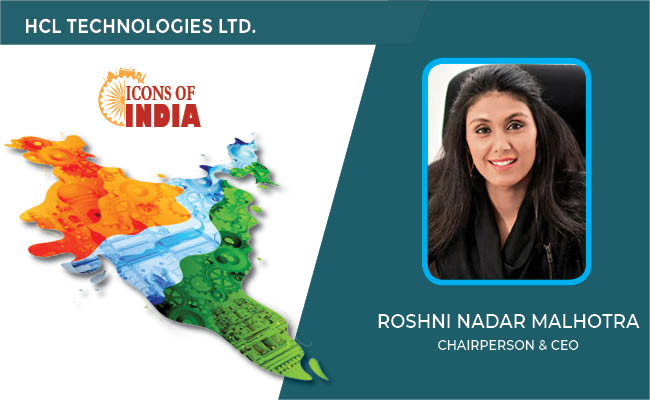
ICONS OF INDIA : ROSHNI NADAR MALHOTRA
Roshni Nadar Malhotra is the Chairperson of HCLTech, a leading global ...

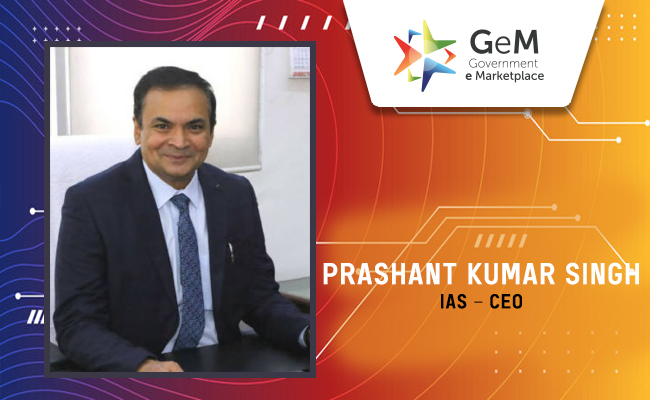
GeM - Government e Marketplace
GeM is to facilitate the procurement of goods and services by various ...

LIC - Life Insurance Corporation of India
LIC is the largest state-owned life insurance company in India...
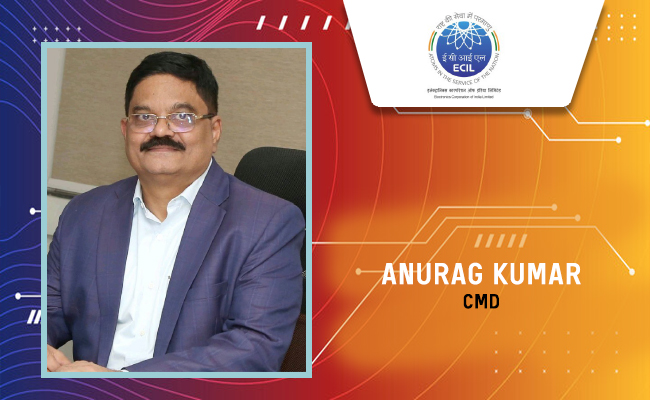
ECIL - Electronics Corporation of India Limited
ECIL is distinguished by its diverse technological capabilities and it...

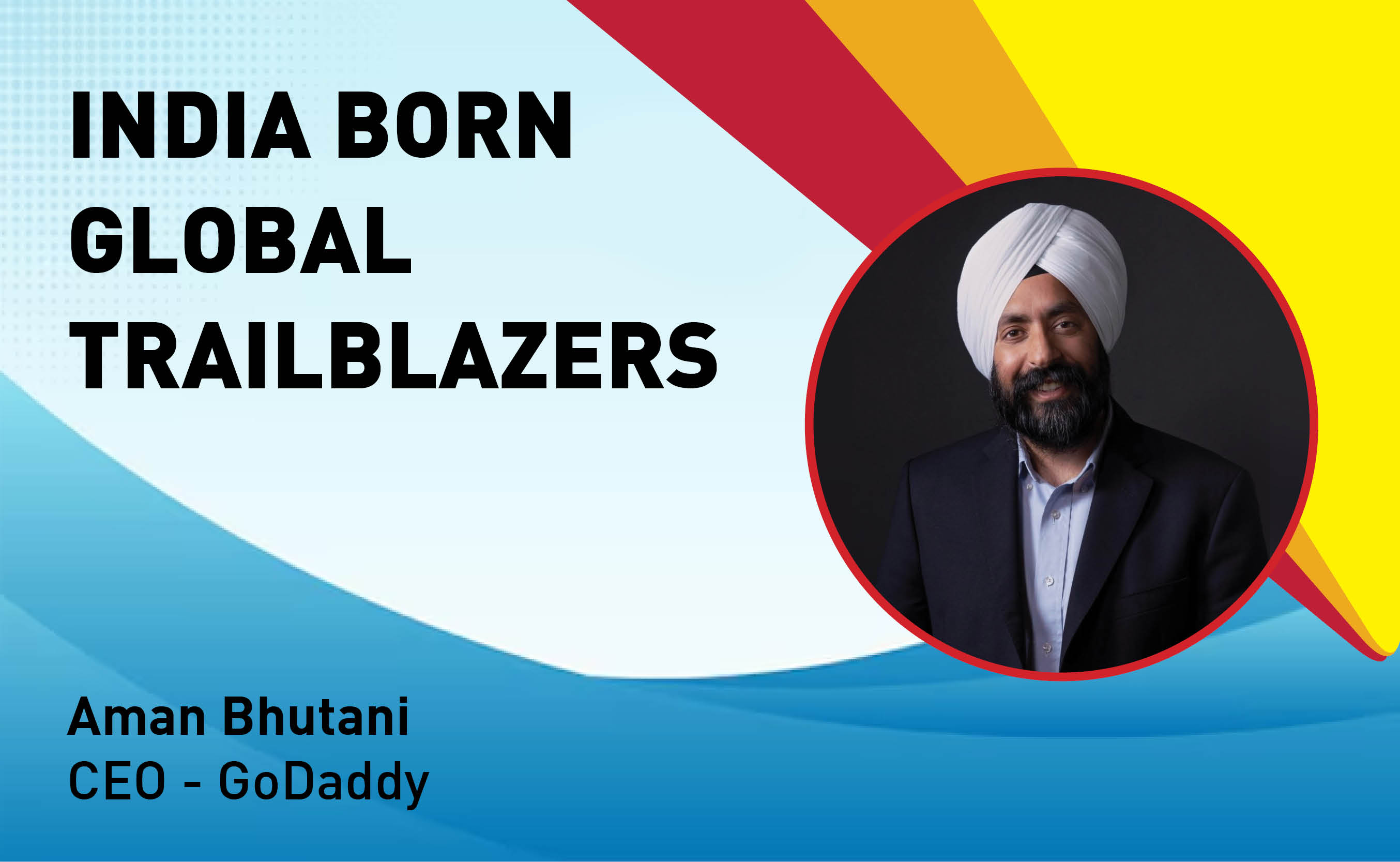
Indian Tech Talent Excelling The Tech World - Aman Bhutani, CEO, GoDaddy
Aman Bhutani, the self-taught techie and CEO of GoDaddy, oversees a co...
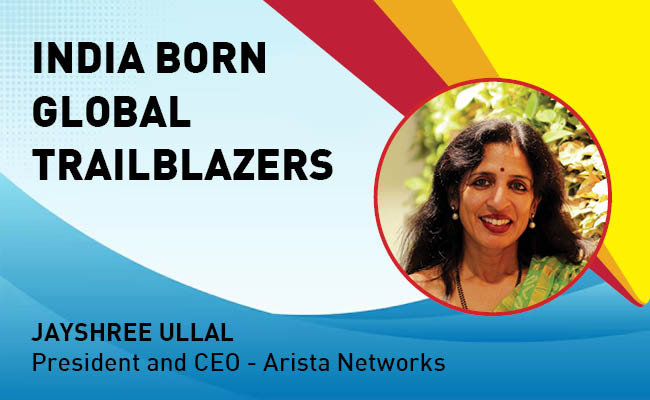
Indian Tech Talent Excelling The Tech World - JAYASHREE ULLAL, President and CEO - Arista Network
Jayshree V. Ullal is a British-American billionaire businesswoman, ser...
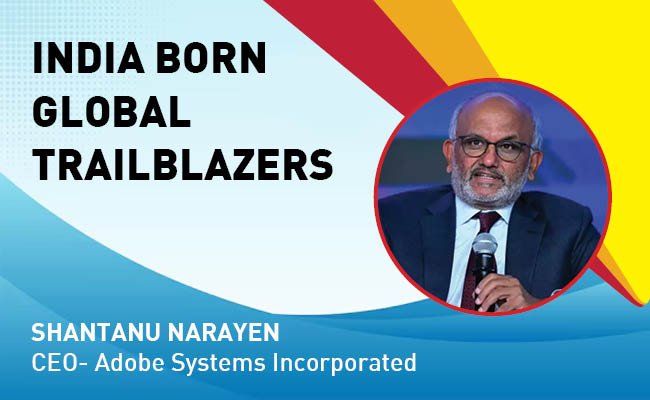
Indian Tech Talent Excelling The Tech World - Shantanu Narayen, CEO- Adobe Systems Incorporated
Shantanu Narayen, CEO of Adobe Systems Incorporated, is renowned for h...
 of images belongs to the respective copyright holders
of images belongs to the respective copyright holders